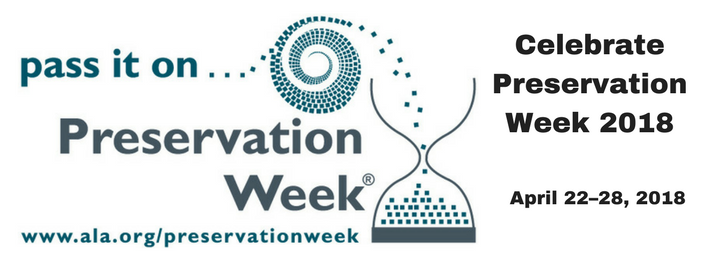Celebrating Preservation Week 2018: an interview with Walker Sampson

ALA encourages libraries and other institutions to use Preservation Week to connect our communities through events, activities, and resources that highlight what we can do, individually and together, to preserve our personal and shared collections. In collaboration with Facet Publishing, UK, we spoke with some of the field's leading figures to discuss the importance of preservation. Walker Sampson is co-author of The No-nonsense Guide to Born-digital Content.
Why is preservation awareness so important?
I think there's an assumption for many that we know about everything we'll ever know about the past, both near and distant. Preservation, both incidental and purposeful, is a fundamental part of how our past is discovered anew and rewritten.
What are some of the ways that libraries and other institutions can reach out to communities about the importance of preservation?
Often, communities will be interested in telling their story - furnishing the evidence and documents needed to recount a narrative - and I think that is vital. However, there may be groups and communities that aren't confident on their story yet, or fear they need to have a "good" story to tell first. For these groups, I would encourage them to preserve their materials in spite of uncertainty. Someone else may come along to tell  your story, and it will be better told with more preserved materials, not less.
your story, and it will be better told with more preserved materials, not less.
What are some current or proposed digital collections initiatives from cultural institutions that give you hope for the future?
One project I'm really excited to see progress is bwFLA (Baden-Württemberg Functional Long-Term Archiving and Access), a project to develop an open framework for emulating software online. This would allow users to access vintage software, and the documents created from them, in their original environments - directly from a browser. Preservation of "look and feel" has arguably been relegated to the most valued of digital objects because of cumbersome logistics, and this project really promises to deliver contextual authenticity to many more users, for many more digital objects.
Be sure to also check out our interview with Michèle Valerie Cloonan.
